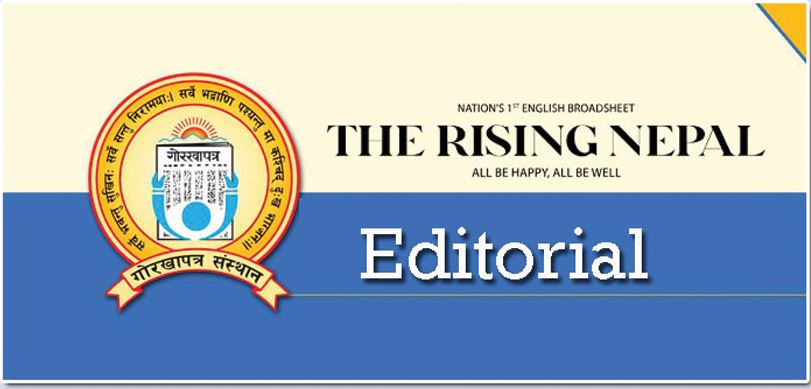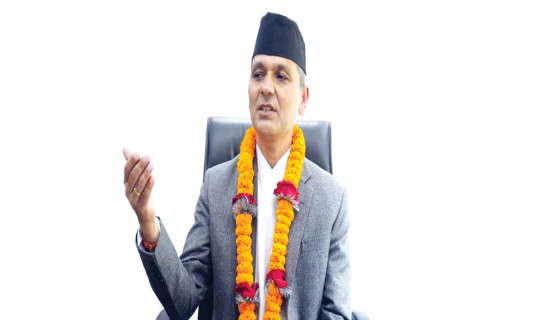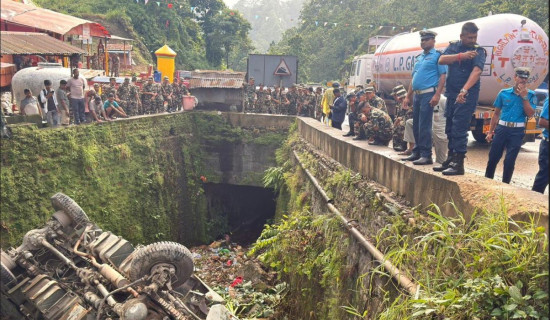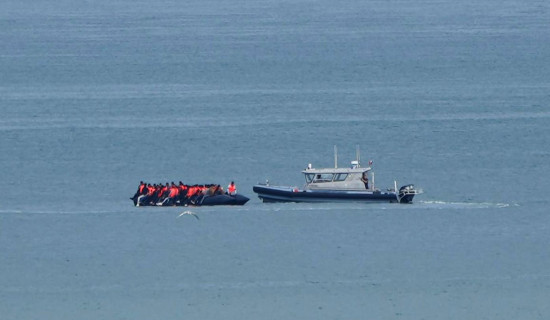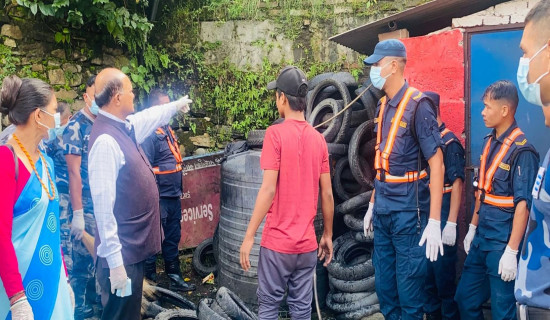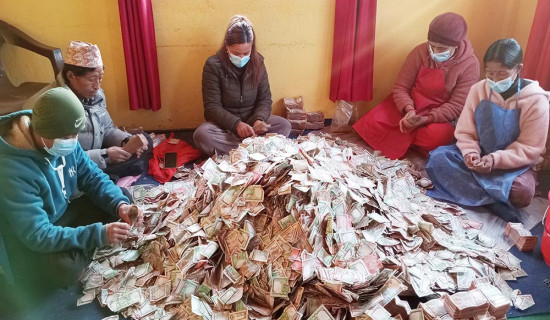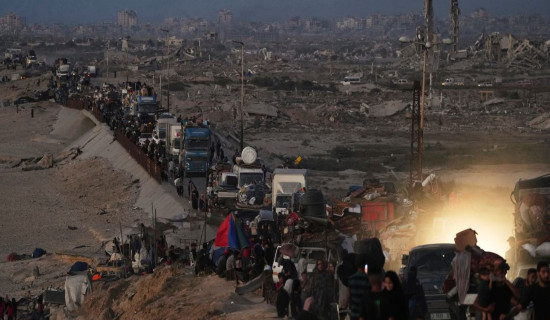- Thursday, 18 September 2025
Unmet Funding Pledge
Nepal's fifteen-year exploration of Viability Gap Funding (VGF) for infrastructure projects has not yielded substantial progress. The persistent delays in implementation are deterring private sector participation and jeopardising the efficacy of public-private partnerships (PPPs). The 2015 PPP policy assured the establishment of a VGF mechanism within a year, but it was not until four years later, in 2019, that the PPP and Investment Act was passed, with the regulations following a year after that. In fact, even today, we are more than a decade from the policy announcement, and there is no indication that the VGF system is forthcoming. It is worrisome for a nation like ours where there is a dire need for infrastructure development.
There are certain policies that intend to bridge the financing gap for economic projects, beginning with the projects that might not be profit-yielding for a certain period. Often, these require initial capital investments to become self-sufficient eventually. The provision of VGF was in response to this problem, with the expectation of supplying direct capital grants for the purpose of VGF. However, the lack of such a funding facility has stalled implementation of a host of important projects like the Budhi Gandaki Hydroelectricity Project.
It’s a vexation that despite being a high-priority national project, it has faced setbacks time and again due to financial uncertainty and shifting investment strategies. Due to the lack of clear financial backing, the project, where the government has already spent billions on land acquisition, remained delayed. The project proposed under the VGF model was dismissed by authorities, citing a lack of financial resources. Lack of action in this scenario is a complete contradiction to the reasons for which VGF was created in the first place.
Foreign and local investors alike require that the policy remains constant and the credibility of the country not be tarnished during their dealings. In the absence of utilising VGF, the PPP model seems to be missing a legal framework. Infrastructure development would need many VGF projects, but these projects will inevitably get delayed or dropped altogether. The lack of urgency from concerned authorities has discouraged potential investors who require financial assurances before committing to long-term projects.
As per the news published in this daily the other day, India established its VGF framework in 2020, creating a clear structure for funding allocation and project approvals. The Indian model provides financial support for infrastructure projects based on established guidelines, making sure that essential areas like water supply, health, education and solid waste management get the funding they need. On the other hand, in Nepal, the hesitation of decision-makers to adopt the VGF raises significant concerns about their dedication to long-term economic development planning. To counter this problem, it is necessary to act in earnest.
The Ministry of Finance has to accept that VGF is mandatory, and this ought to be one of the principal components of the alternative development financing proposal. Also, there is a need to establish a timeline for fund implementation and build a roadmap that is clear. Similarly, regional model lessons have to be embraced to enhance transparency, efficiency, and investor confidence.

